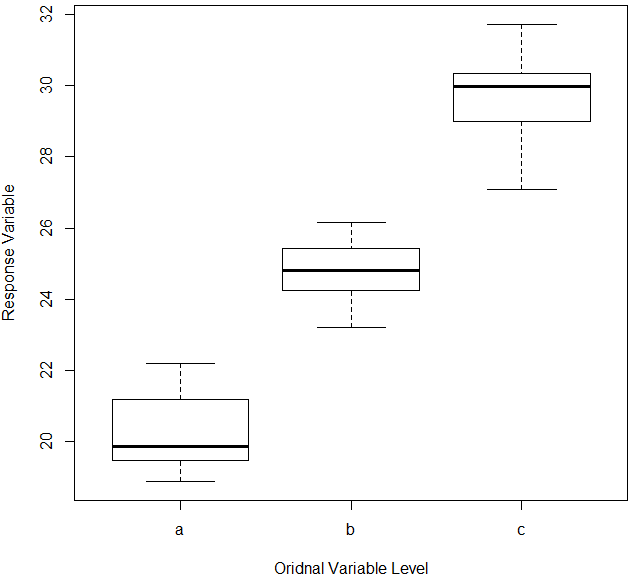I have designed a question and now intend to use SPSS to analyse the results:
My dependent variable is: intention to vote. Yes or No.
My independent variables are: a series of question ranked on a scale from strongly disagree to strongly agree.
Do I need to use ordinal regression, if the dependent variable is Dichotomous? Even thought the independent variables are ordinal.
Or do I need to use binomial logistic regression, as my dependent variable is simply yes or no? Would it be possible to do this with ordinal independent variables?
Many thanks.



Even thought the independent variables are ordinal"Ordinal" regression means ordinal DV, not ordinal IVs. There is no universal or ideal manner to treat ordinal predictors in regression. Some approaches are mentioned here. $\endgroup$